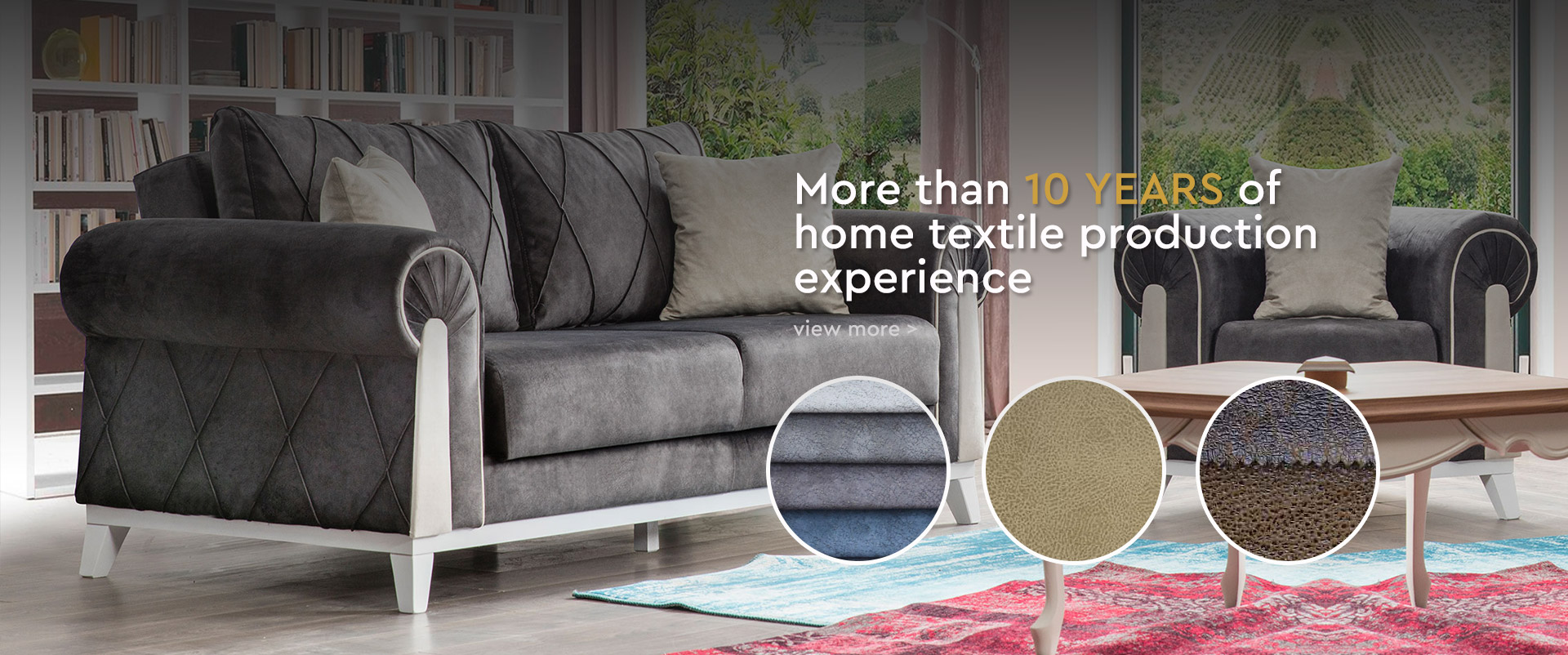

Sharing some common knowledge in fabrics, basically som […]
Sharing some common knowledge in fabrics, basically some fabric parameters and specifications, can help us quickly understand the quality of a fabric. Moreover, it is easy to understand and easy to use. Even if they are not in this industry, ordinary people who buy clothes in their lives can learn about the quality of some clothes and know what kind of clothes to buy through this little knowledge.
1. Deny number: The data indicating the thickness of long-fiber yarn, defined as a yarn with a length of 9000 meters, and its weight is 1 gram, which is defined as a Dan, denoted by D. If the weight of 9000 meters of yarn is 70 grams, it is 70D
2. Yarn count: indicates the thickness of spun yarn. The yarn stamped out by a pound of cotton is 840 yards, which is 1 yarn. It is represented by S, which is used to indicate the thickness of short fibers such as cotton, linen, and tencel.
3. Weight: Indicates the thickness of the fabric, that is, the weight within one square meter. The unit is G/SM. The weight of shirts and T-shirts is basically 120~180. It cannot be too thin or too thick. The jacket and windbreaker fabric for autumn and winter is more than 200. If it is more comfortable in spring and autumn, it is around 150~200
4. What is hair-etching treatment: It is to remove the hairs formed on the surface of the yarn due to unwound fibers and protruding fibers, in order to make the cloth surface more smooth and beautiful, and smooth. Sometimes it is also for printing on the fabric to make the printed pattern more clear and bright.
5. What special crafts are there in the fabric: In order to present different effects, there are various crafts in the fabric, such as free time shooting, sand washing, hair removal, softening, printing, coloring and so on.
6. Types of printing: There are three common types of printing, machine printing, digital printing, and transfer printing. Each has its own characteristics. Machine printing saves costs, but it is only suitable for mass printing, not for quality samples and small amounts of cloth. The price of digital printing is high, but it is more flexible and can be made in small batches. Transfer printing is basically only suitable for chemical fiber textile fabrics, but it is more cost-effective because of large quantity and low price. However, plate making is required, and the plate making cost is relatively high.
